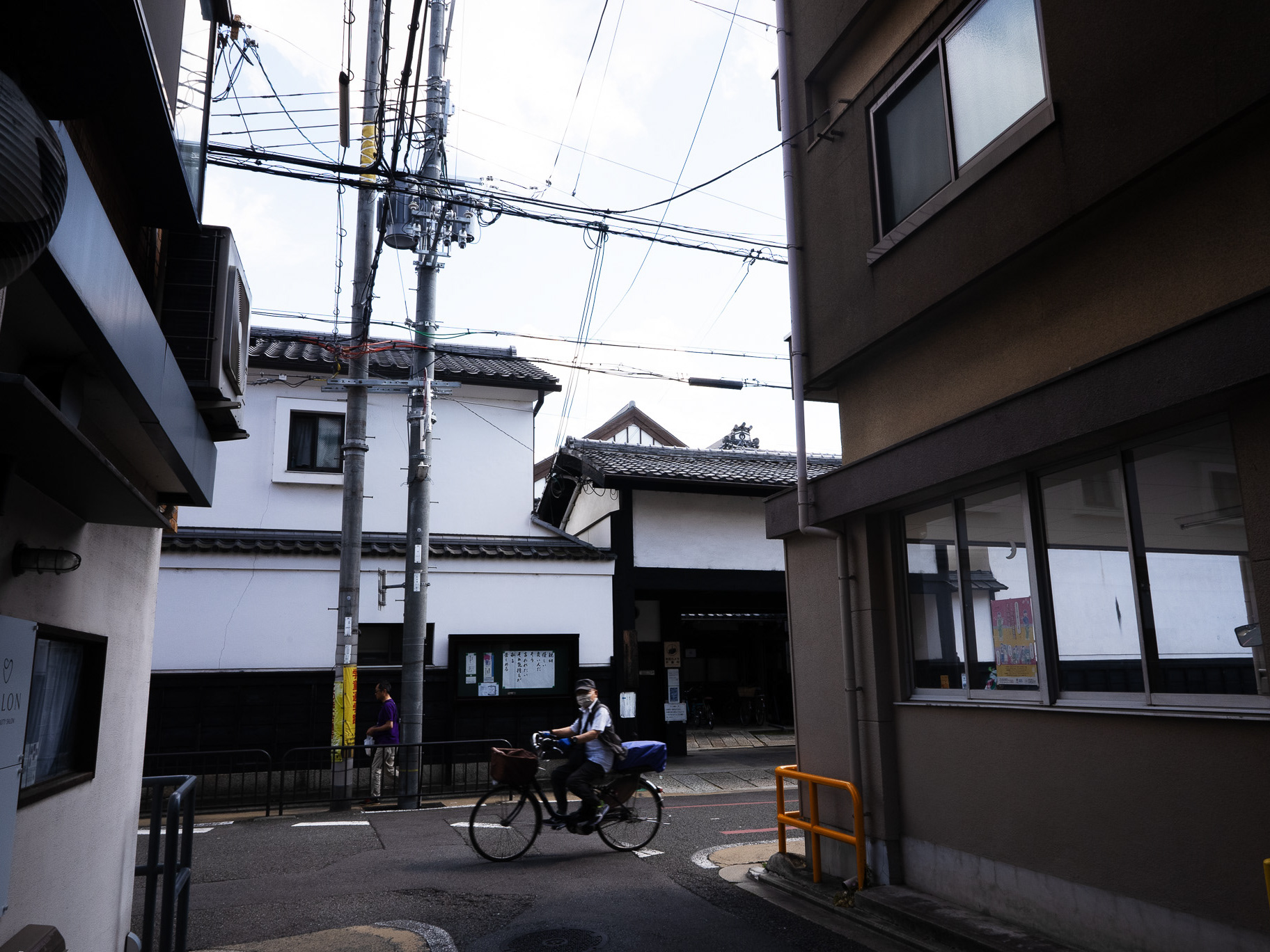Calligraphy done by Yuka. It says "Ichi go ichi e" which means once in a lifetime opportunity.
Coaster I made in the workshop. The pattern is referred to the turtle flower pattern due to the hexagon shapes enclosing the flower designs.
Book I got to make from a lesson taught by Tsutomu and his daughter Yoko. After I had already chosen the pattern for the cover and finished making the book, Yoko told me this piece was from a 200 year old kimono. The custom lettering on the side is in Kanji (Chinese characters) and says "Kyoto" followed by "2023".
Yukata from Yaya Kimono
One of four pieces of washi paper I made during my visit with Kamitowa, each one is different as they have real flowers embedded in them. The first two Kanji (Chinese characters) says "Kyoto" while the last one says "Natsu" (Summer)
As part of the experience Shogo runs, the Dojo he studies at gives these "membership" cards out to everyone as a souvenir.
Piece of silk made during my meeting with the Tatsumura family. This small patch (roughly 3"x3") took me around 30 minutes to produce, which speaks to how long it takes them to complete one large commission order.
